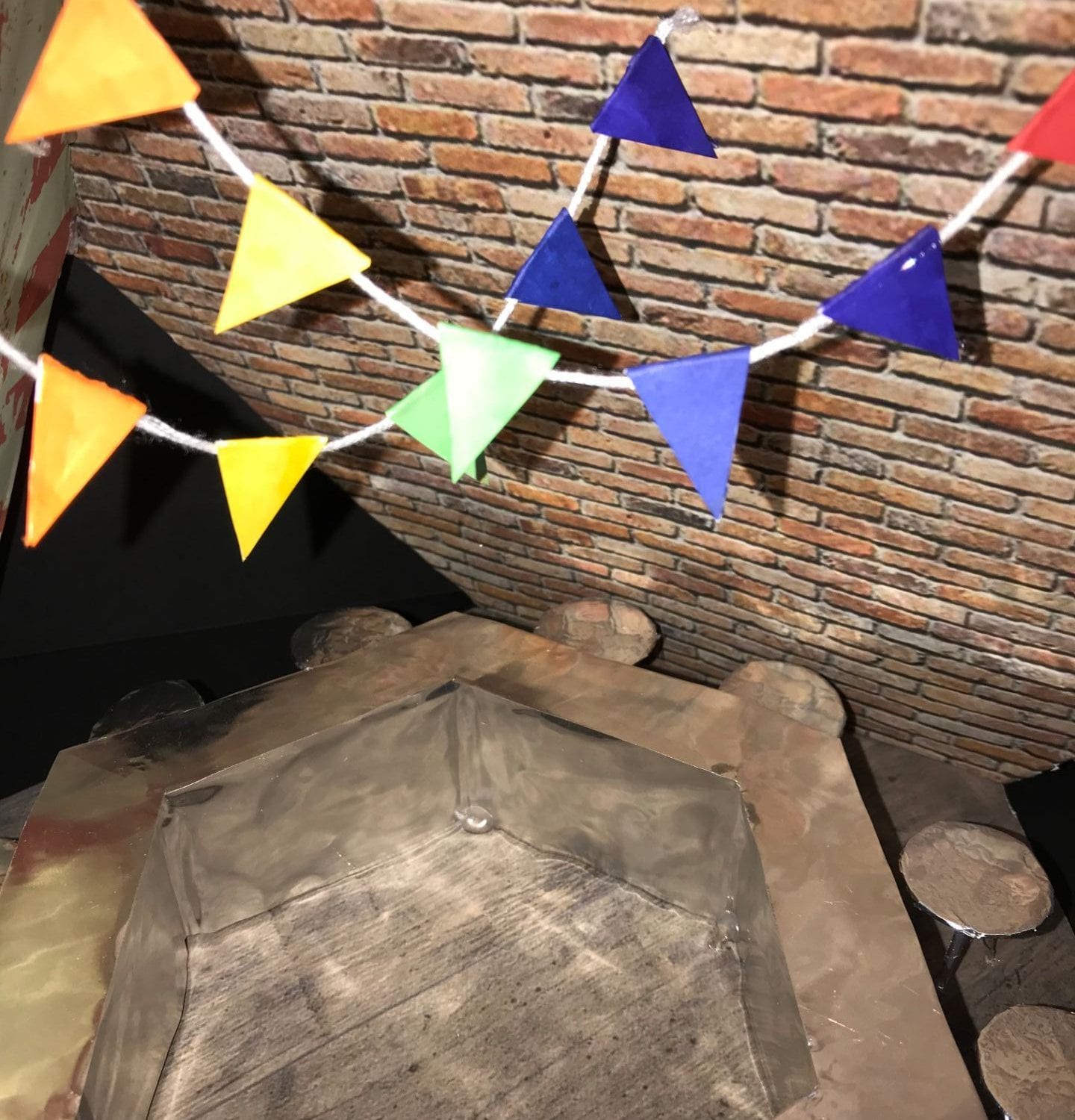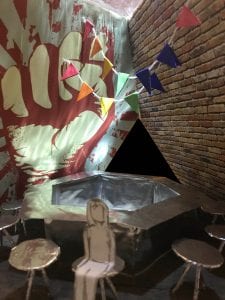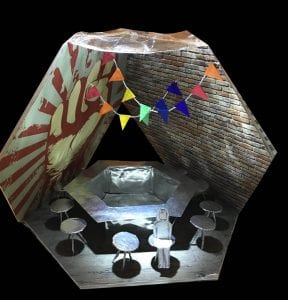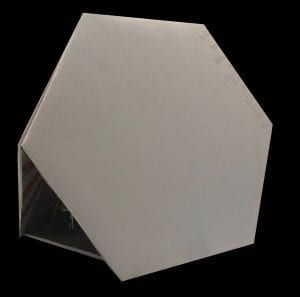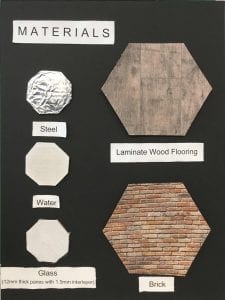Space of Solidarity:
Project Summary:
sol·i·dar·i·ty
/ˌsäləˈderədē/
noun
- unity or agreement of feeling or action, especially among individuals with a common interest; mutual support within a group.
- an independent trade union movement in Poland that developed into a mass campaign for political change and inspired popular opposition to communist regimes across eastern Europe during the 1980s.
This first Bridge project entails the conceptualisation and construction of a “Space of Solidarity”. Through group discussions, we concluded that for all of us an atmosphere of solidarity was a space that evoked an immense sense of unity, togetherness and support. It’s meant to bring people together, as if it were a call to action and unify them in terms of working towards a common goal. Even though solidarity has anti-communist undertones to it since the movement itself began as an opposition to the harsh communist rule over Poland inn eastern Europe in the 80’s, to us it is an all inclusive space. This is because over time solidarity has morphed into a movement that has been adopted by numerous other inclusive anti oppression social movements like the feminist agenda or the Black power movement to further their goals. Hence, our objective is to provide a space that brings people together and we hoped to achieve that through careful choice of structure, material, shapes, colour, graphics, sound, light etcetera. We concluded that this space should have a rustic vibe to it, through for example, exposed brick walls and graffiti, with inexpensive material like tables made from steel, yet conveys a sense of celebration through maybe flags to show how this emotion is something that should be celebrated. This space is also comparable to to the feel or a coffee shop or a watering hole since both these spaces bring people together and symbolise an atmosphere created for social interactions.
My contribution to the group:
- Brain-storming
- Construction of the 3D model
- Writing the project summary
Formal Analysis:
It is a freestanding structure out in the open almost like a refuge. The outside of the structure is made from three white hexagons teepeeing up symmetrically forming triangular doorways on three sides. The doorways are more like openings, absent of a way to close up and accessible to anyone, bringing in fresh air. Upon entry, you are immediately introduced to a single communal table surrounding a kitchen space. Everyone is conversing with their neighbor including the one’s cooking them food. The furniture is shiny and made from steel, and the floors are wood laminate. Two of the walls shows exposed brick, and the third is decorated with art from the community. Hanging from above are rainbow flags strung from the top of the walls and the sun shining through a triangle of water. As the light shines through it refracts making soft patterns in the room.
Manifesto:
The shape of our space initially took inspiration from the shape of a beehive. Worker bees are always inclusive of one another and each of them share the same workload. This is why we created our space in the shape of a hexagon. Upon further discussion of the use of this shape, we thought that hexagons, as compared to a square or rectangular shape which is commonly used for spaces, have less sharp angles. Because of this, it can be said that there are no corners for people to hide thus reinforcing the idea of solidarity.
The focal point of our space is the communal table. Usually, restaurants tend to have separate tables which then foster this sense of individualism and encourage people only to converse with those who they are already comfortable with. We thought that this defeated the point of solidarity and decided to create one communal table by which strangers could interact with one another. The space within the hexagonal table would also be the kitchen so that the workers at our space are not excluded. We thought that workers are often forgotten in places such as restaurants and cafes and we wanted to do them justice.
Our choice of decor was purposefully chosen so that it was inclusive of everyone who visited our space. We selected a brick wall so that people could draw, paint or graffiti on it and it will be symbolic of every one of our visitors. Also included were symbols referring to specific groups however we did not want to call them out specifically as we thought it would be exclusive to those groups. The main intention with our space was to be inclusive of every individual including those whose ideologies we do not agree with.
Press Release:
Beehive
For immediate release
White Plains, NY
A space where communities are built and strengthened, this beehive-resembling eatery combines rustic and warm coffee house feels with a modern passion for justice and unity. Beehive, a small hexagonal building consisting of multiple entry ways and one big table in the middle encourages and welcomes strangers to gather together and enjoy an intellectual discussion while having a meal prepped, as an act of solidarity. Even the meals are prepared and distributed by those from the community who can join in the conversation while introducing delicious new delights. The beautifully exposed brick walls welcome “vandalism” such as graffiti and markups. Phrases, words, and/or symbols from significant conversations and communities can be permanently engraved in these structures as a way to establish the outcomes and propositions that were gathered within the walls. Opening in smaller and more spacious cities such as White Plains, allows for a spacious and accessible location even for those from bigger cities. With a beautiful glass ceiling containing water, the room illuminates as it is kissed by the sun above, making this space even more comfortable and warm. Bring your passion, voice, and ideas to Beehive and be prepared to meet those just as strong willed as yourself and build a community of solidarity.
